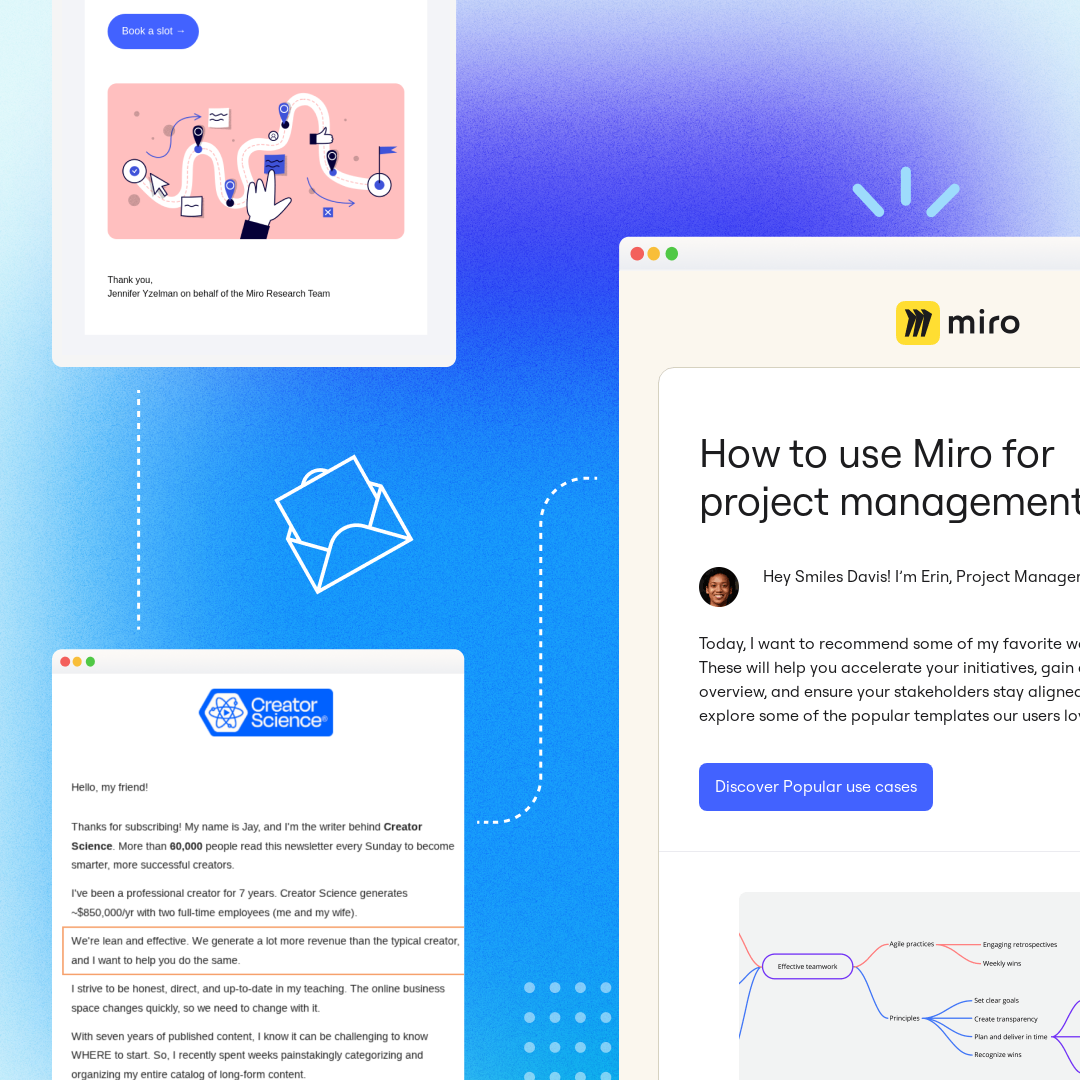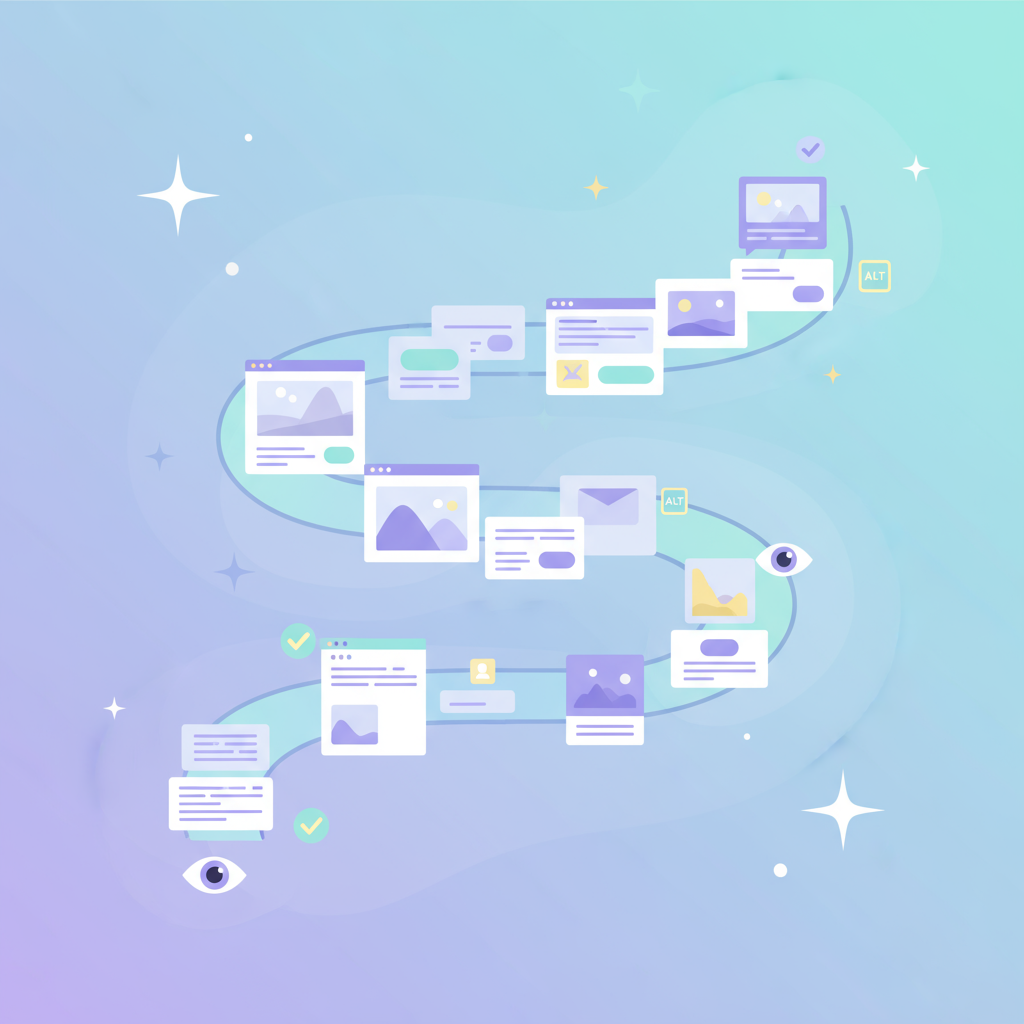
Your brand is more than its first impression. You may remember your first Coke but what keeps you coming back is knowing you’ll get that same flavor every single time. In the same way, your customers need to know what to expect from your brand messaging and visual identity. That’s where email design systems come in.
Brand loyalty is built through repeated communication with your audience. If that communication looks or sounds different from message to message, your audience becomes wary. Crystal Ledesma, Engineering Manager for the design systems team at Zillow, provided a great example during our IG Live. Before implementing a design system, the emails Zillow sent their audience looked so different from each other that customers started marking it as spam. Instead of trusting the email, they would assume a hacker was posing as Zillow because the branding and design were off.
Luckily, Crystal stepped up to the plate by applying design systems thinking to email. She shared some of her best tips during our Live and we’ve summarized them in this article.
Reasons designing emails feels slow
Most marketing teams, large and small, have bad habits that run rampant. Some of these include:
- Building designs from scratch every time
- Constantly shuffling responsibilities around the team
- Assigning tasks to the wrong team members
- Relying too heavily on marketing or creative teams to make assets
Design systems put an end to this by creating components in advance so that the creative team can pass ready-made templates and components to marketing, sales, and beyond.It takes time to implement a proper design system.
Once you have it, it saves time and increases revenue by keeping everyone on the same page, strengthening your brand, and freeing up time for your creative team to work on other projects.
What is a design system?
A design system is a set of guidelines and principles that outline the components and patterns that make up your brand. Then, designers can create what Crystal refers to as “legos”: small design components that can be combined to make a complete design.
In essence, design systems enable modular design. Instead of making everything from scratch, pre-made pieces let you build an email or landing page as if you were stacking legos. By including things like an icon library, a predefined color palette, and a list of approved fonts, you can create consistency quickly. Your employees are not overwhelmed with each new product and your customers are not confused by your brand. Everyone is on the same page.

Example of predefined styles in an email design system built with Beefree. Imagine a procedural system that doesn’t depend on that one person who has master permissions to the main template or content draft check-ins with the creative team. With this clear framework every executive, new hire, and contract worker can design and develop materials for your brand. Teams can increase email production speed and decentralize the production process, while staying in control of brand identity.
The email design system revolution
Shifting to this perspective has launched a revolution in email for marketers. Using design systems in emails used to be difficult, if not impossible. Technology has made it easier than ever to save and re-use content. Repurposing and repetition don't limit your messaging. In fact, it’s needed to keep up with communication while maintaining a strong brand identity.When developing your email design systems there are two main components.
- Template
- Module
The template outlines the flow of the email. It sketches what should go where and allows you to test the design, while still allowing for changes. The module is the boxes that fill in the outline. You can fill these boxes with anything: text, videos, pictures - whatever you want to share.Implementing an email design system is the easiest way to produce content and quicken deliverability without reducing quality. Instead, you choose your template, add your brand constants, and drag and drop what you want from there.
Top tips for implementing your email design system
Understanding how to implement an email design system will completely change how you grow. Here are a few of the top tips to implement an email design system no matter where you are.
Center your brand instead of trends
When you build from scratch, it’s tempting to follow every new trend. Breaking your brand into reusable pieces forces you to really think about what makes your business unique. These are components you want to use over and over again, so what do you really want your brand to represent?
Choose the right tools
The tool you use determines the ease of your implementation. Having a program that stores your brand kit preferences or can easily export your emails and landing pages to the marketing platform of your choice is essential.
Your tool should also help you save time and error-free at every step of the process. For instance, Beefree synced rows makes it easy to keep design systems updated. Simply change the contents of a row in one of your templates, and the changed automatically "sync" in all areas where that row takes place.

Encourage collaboration
Involve relevant team members and stakeholders early on. It’s easy to ask for feedback on specific components, allowing the different strengths of each of your team members to shine. Before you would need to screenshot and email different concerns. With tools like Beefree, you can create a comment, start a thread, and tag those who can provide feedback.

Build email design systems in Beefree
As a no-code design tool, Beefree makes it particularly seamless for you to build and maintain an email design system. Using templates and modules for both emails and landing pages, you can create a design system that integrates quickly and easily with teams of all sizes.
Reduce the stress and frustration of your email campaigns with a tool that's easy to use and doesn’t require any technical skills or have any usage adoption delays.
From the solopreneur looking to cut down on marketing expenses or a Fortune 500 need to collaborate across multiple platforms, Beefree is the fastest, no-code email and landing page design suite.
Editor’s Note: This post was updated on February 2023 to ensure accuracy and comprehensiveness.



